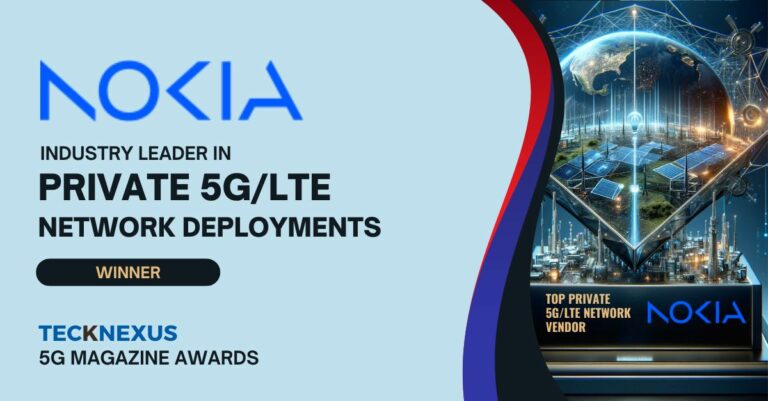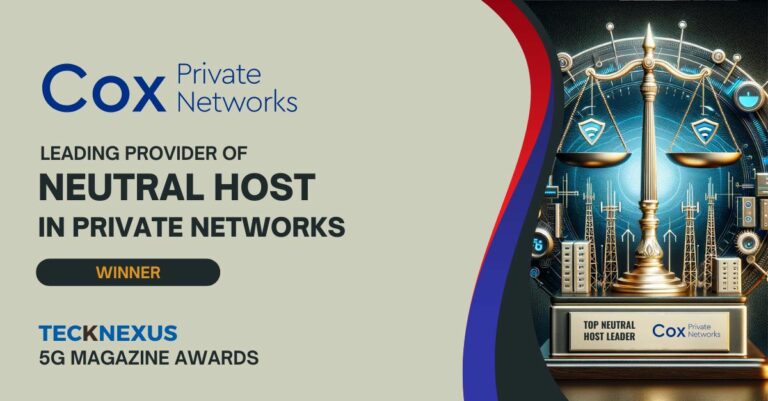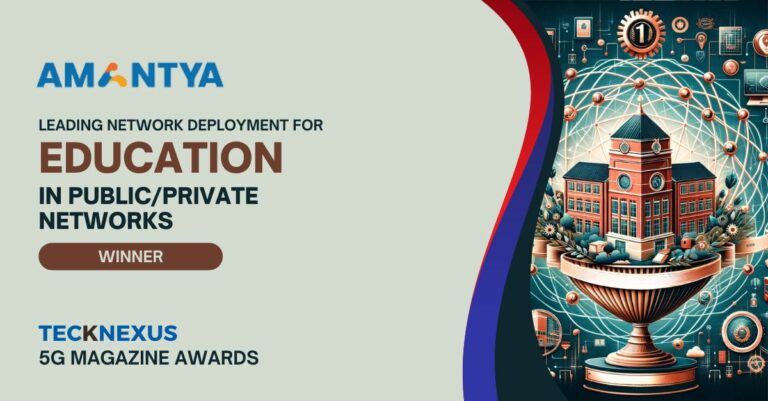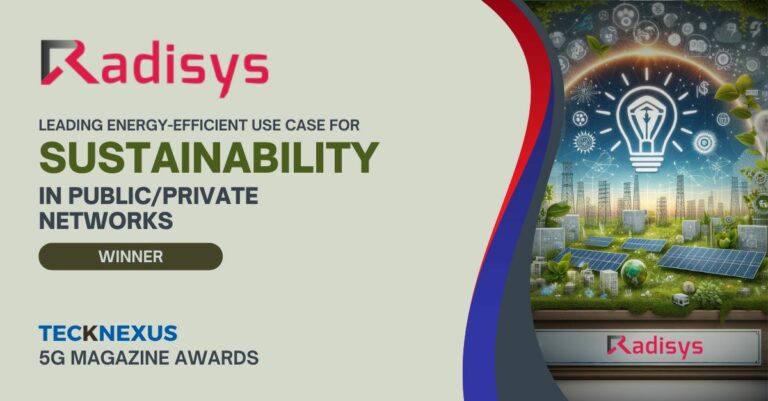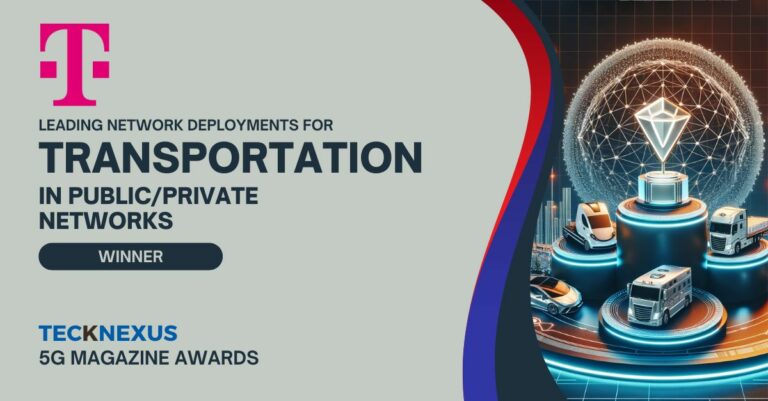Key Components of Telco Sustainability
Incorporating the key components below ensures that telcos can effectively balance their operational and environmental responsibilities while capitalizing on new business opportunities that sustainability offers.
Energy Efficiency and Green Networks: With the transition to 5G, there’s an increased focus on energy efficiency. The challenge lies in managing the denser networks and higher energy demand of 5G while leveraging its efficiency improvements.
Collaboration for Ecosystem Sustainability: Shared infrastructure and collaborative initiatives are essential for reducing emissions and unlocking new business opportunities. This approach leads to smaller environmental impacts and societal improvements through digitalization and optimized asset distribution.
Addressing ESG Challenges: The telco sector is under growing scrutiny from stakeholders, including investors and regulators, who demand stringent adherence to ESG criteria. This requires telcos to integrate ESG into their corporate strategy, extending beyond mere regulatory compliance to proactive ESG management and reporting.
Regulatory Compliance and Reporting: Adhering to regulations like the EU Green Deal, the Corporate Sustainability Reporting Directive, and the Sustainable Finance Disclosure Regulation is critical. These regulations set new standards for sustainability and compel telcos to align their operations with these requirements.
Technology as an Enabler of Sustainability: Advanced technologies such as AI and IoT are pivotal in enhancing energy efficiency and fostering sustainable practices, not only within the telco industry but across other sectors as well.
Sustainable Financial Models: The focus on sustainability opens avenues for attracting green investments. Demonstrating progress in ESG commitments can unlock significant capital, essential for driving sustainable initiatives.
Lifecycle Management of Telco Assets: Managing the lifecycle of Telco assets, from design to recycling, with a focus on reducing environmental impact, is a vital component. This includes examining energy procurement savings and ensuring the achievability of decarbonization targets.
Community and Societal Contributions: Telcos contribute to societal well-being by supporting digitalization and aligning with the United Nations Sustainable Development Goals (SDGs). Their role in enabling other industries to operate more sustainably is also significant.
Creating a Sustainable Culture: Developing a corporate culture that prioritizes sustainability is essential. This involves setting and following through on clear sustainability targets KPIs and incentivizing sustainable practices across the organization.
Sustainability in Business Strategy and Operations: Making sustainability a central pillar of strategy and operations is crucial for telcos. This strategic alignment not only reduces operational expenditures but also drives green transformation across various industries.
What are Green Networks?
Green networks represent a transformative approach in the telecommunications industry, focusing on environmental sustainability as a core component of network design and operation. This concept is becoming increasingly crucial as the sector grapples with the dual challenge of expanding network capabilities, particularly with the rollout of 5G, while simultaneously reducing its environmental footprint. Below are the key aspects of the green networks.
Energy-Efficient Infrastructure: The shift towards green networks is characterized by the adoption of energy-efficient technologies. This includes the deployment of newer, more efficient hardware and the redesign of network architectures to optimize energy use. The transition to 5G Standalone (SA) cores offers a unique opportunity to embed these principles at the foundational level of the network.
A Holistic Lifecycle Approach: Green networks necessitate a comprehensive view of the network’s lifecycle. This approach evaluates the environmental impact of network components from manufacturing to end-of-life management, ensuring that each stage is optimized for minimal carbon emissions. The consideration of embodied carbon in the manufacture and supply of network components underscores the importance of this holistic approach.
Integration of Renewable Energy Sources: A pivotal element of green networks is the integration of renewable energy sources. While achieving 100% reliance on renewable energy is challenging, significant strides can be made by partially powering networks with green energy. This strategy not only reduces dependence on fossil fuels but also sets a precedent for future network developments.
Leveraging Intelligent Networks: The use of artificial intelligence and machine learning in network management enables more efficient use of resources. Intelligent networks can optimize performance, reduce the need for physical interventions, and minimize energy consumption, all of which contribute to a lower carbon footprint.
Automation and Efficiency: Enhanced network automation is key to reducing redundancies and excess capacity in network operations. Advanced green networks utilize sophisticated algorithms to optimize resource allocation, reducing the need for surplus infrastructure and, consequently, energy consumption.
Embedding Energy Efficiency in Culture: To achieve true efficiency, energy-saving principles must be integrated into the core values and operations of telecom operators. This goes beyond the mere implementation of energy-efficient technologies and extends to the way networks are coded, operated, and maintained.
Developing an Efficiency Mindset: A cultural shift within telecom organizations is essential for the success of green networks. This involves incentivizing and rewarding efficiency-focused practices among employees and stakeholders, thereby aligning the organization’s objectives with its sustainability goals.
Difference Between Telco Sustainability and Green Networks
The distinction between green networks and telco sustainability underscores the multifaceted nature of environmental stewardship in the telecommunications industry. While green networks are a critical component, telco sustainability encompasses a broader spectrum, including the social and governance aspects that are increasingly being scrutinized by stakeholders and regulators.
| Feature |
Green Networks |
Telco Sustainability |
| Scope |
Focused on network operations, with a specific emphasis on energy efficiency and environmental impact mitigation. |
Covers all business aspects, including network operations, corporate governance, social responsibility, and environmental stewardship. |
| Focus |
Concentrated on reducing the environmental impact of network operations through energy efficiency and waste reduction. |
Encompasses a broader range of environmental impacts, extending to ethical business practices, community engagement, and governance. |
| Methods |
Implementation of energy-efficient equipment, integration of renewable energy, and adoption of recycling and reuse practices. |
Involves sustainable material usage, reduced reliance on fossil fuels, investment in green energy projects, and ethical governance. |
| Goals |
To reduce the specific environmental impact of network operations, particularly in terms of energy consumption and carbon emissions. |
To enhance the overall environmental, social, and governance performance of the company, aiming for a holistic approach to sustainability. |
Future Trends in Green Networks
Advanced Energy Management: Future developments in green networks will likely involve more sophisticated energy management systems, using real-time data analytics and predictive algorithms to optimize energy use across network operations.
Sustainable Supply Chains: There will be a growing focus on ensuring that the entire supply chain, from equipment manufacturers to service providers, adheres to sustainability principles. This includes responsible sourcing of materials and ensuring ethical labor practices.
Collaborative Efforts for Industry-Wide Change: The shift towards green networks will require collaborative efforts between telecom operators, equipment manufacturers, policymakers, and other stakeholders. Industry-wide initiatives and standards will be crucial in driving this transformation.
Future Trends in Telco Sustainability
Integration with Global Sustainability Goals: Telcos will increasingly align their sustainability strategies with global objectives, such as the United Nations Sustainable Development Goals (SDGs), to address broader environmental and social issues.
Enhanced Stakeholder Engagement: There will be a greater emphasis on engaging with stakeholders, including customers, investors, and regulatory bodies, to drive sustainability initiatives and transparent reporting.
Innovative Business Models: The industry will explore new business models that not only promote sustainability but also generate economic value, such as services that leverage sustainable practices for competitive advantage.
In conclusion, while green networks are an essential strategy for reducing the environmental impact of telecom operations, telco sustainability represents a more comprehensive approach that incorporates environmental, social, and governance aspects. The future of the telecommunications industry lies in harmonizing these approaches to achieve long-term sustainability and resilience.





